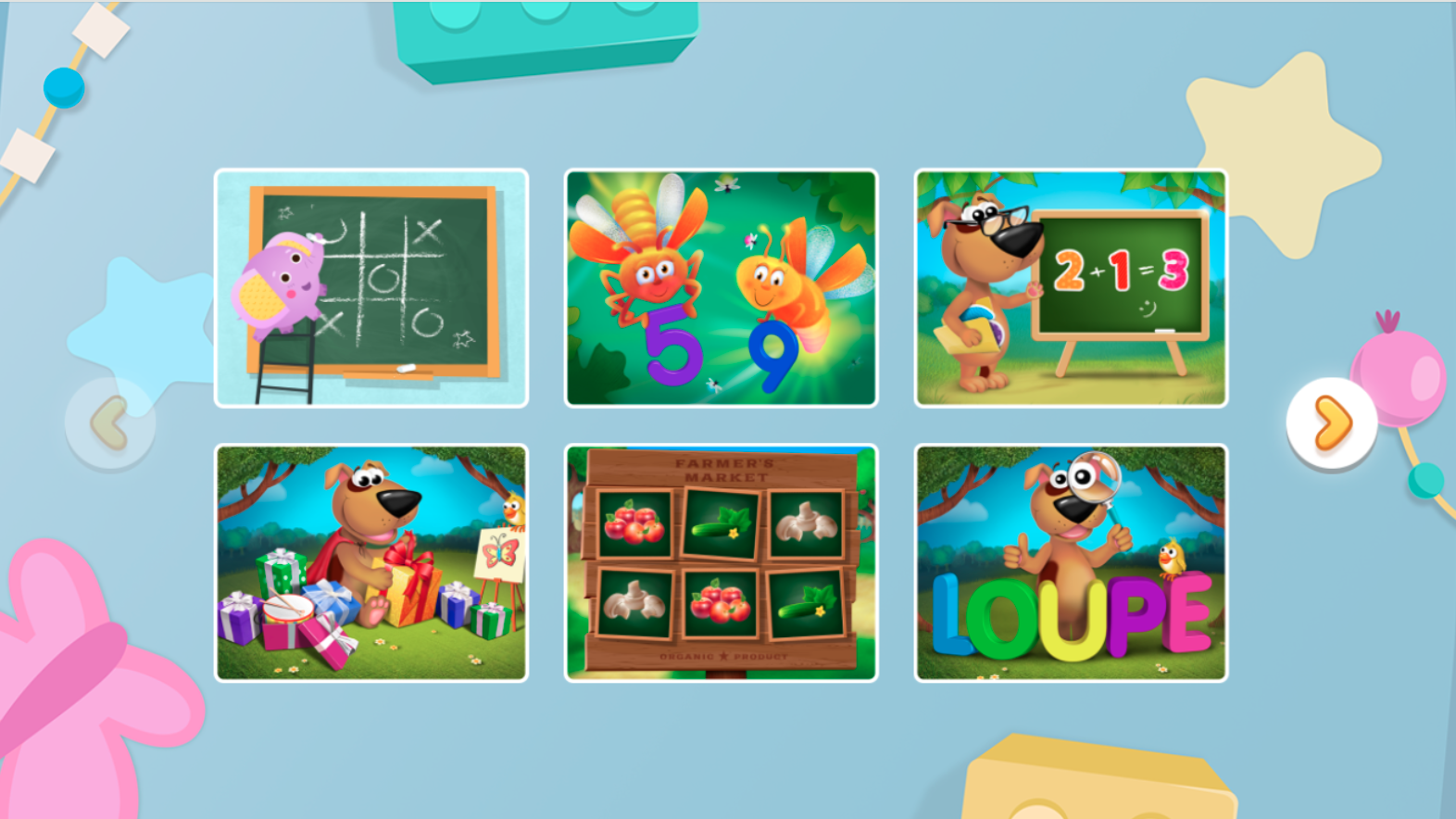Recognizing Patterns Addition Worksheets for 9-Year-Olds
6 filtered results
-
From - To
Unlock the power of pattern recognition for your 9-year-old with our engaging Addition Worksheets. Specifically crafted to enhance mathematical skills, these worksheets help children identify and understand various number patterns, fostering critical thinking and problem-solving abilities. Each exercise combines fun and learning, making math enjoyable and accessible. Perfect for homeschoolers and classroom environments alike, our worksheets are designed to build a strong foundation in addition and improve overall math confidence. Download now and watch your child's math skills flourish through interactive, pattern-based addition challenges.
Recognizing patterns in addition is crucial for 9-year-olds because it lays a foundation for advanced mathematical thinking and problem-solving skills. At this developmental stage, children are transitioning from concrete to more abstract forms of reasoning. By identifying patterns in numbers, such as sequences and relationships, they develop a deeper understanding of how numbers work. This skill enhances their capacity for mental arithmetic, enabling them to perform calculations more efficiently and with greater confidence.
Additionally, understanding patterns in addition can improve students’ overall number sense, which is critical for more complex mathematics topics they will encounter later. Patterns help in identifying relationships in data, predicting outcomes, and understanding more complicated concepts like multiplication, division, and even algebraic thinking. This fundamental skill fosters a logical, sequential approach to problem-solving, which is essential across all areas of learning and everyday life.
For teachers and parents, emphasizing pattern recognition enhances a child’s mathematical literacy, making math fun and engaging. It builds a strong math foundation, boosts self-confidence, and encourages a positive attitude toward learning. Recognizing and nurturing this ability early helps ensure that children do not fall behind and maintain a steady pace in their cognitive development and academic achievements. Educators who focus on this aspect are equipping children with crucial tools for lifelong learning and problem-solving.

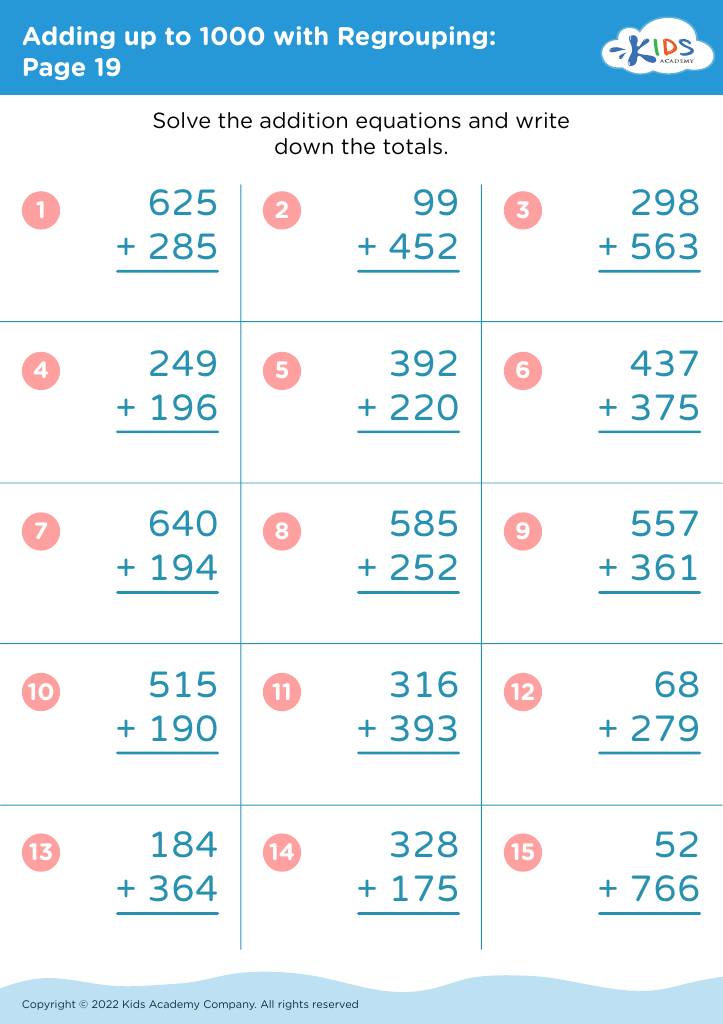
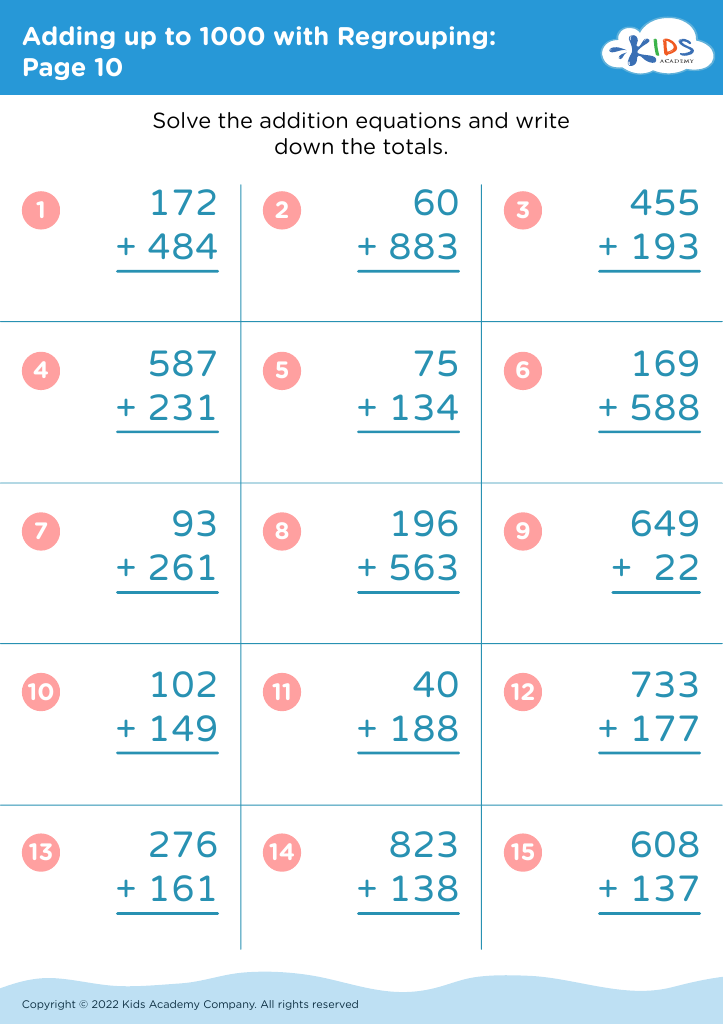
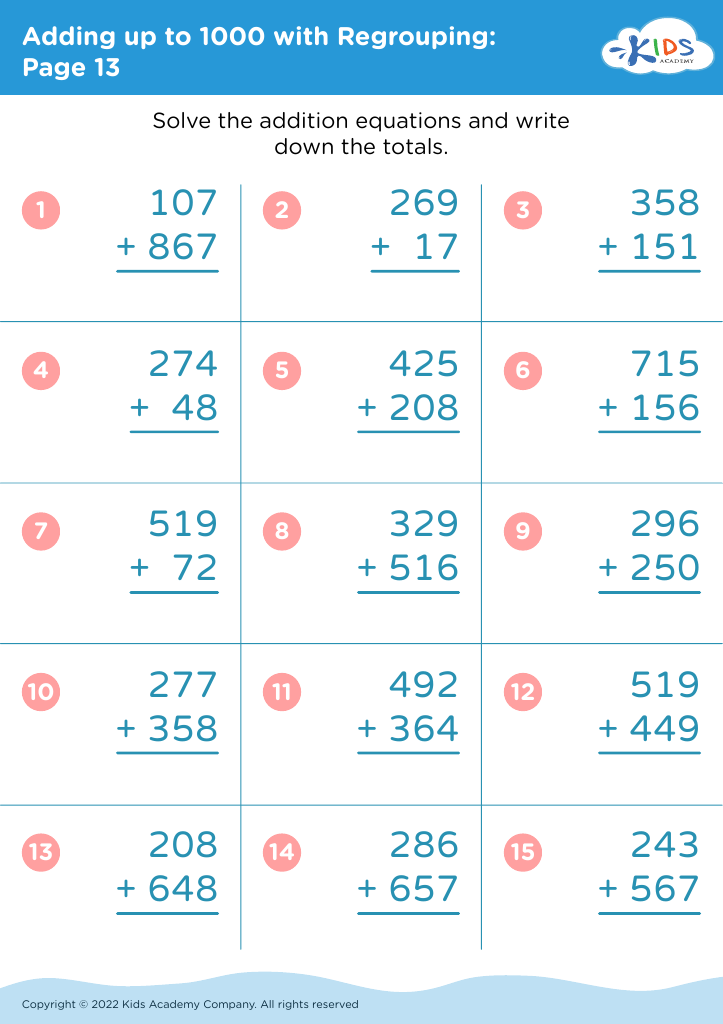

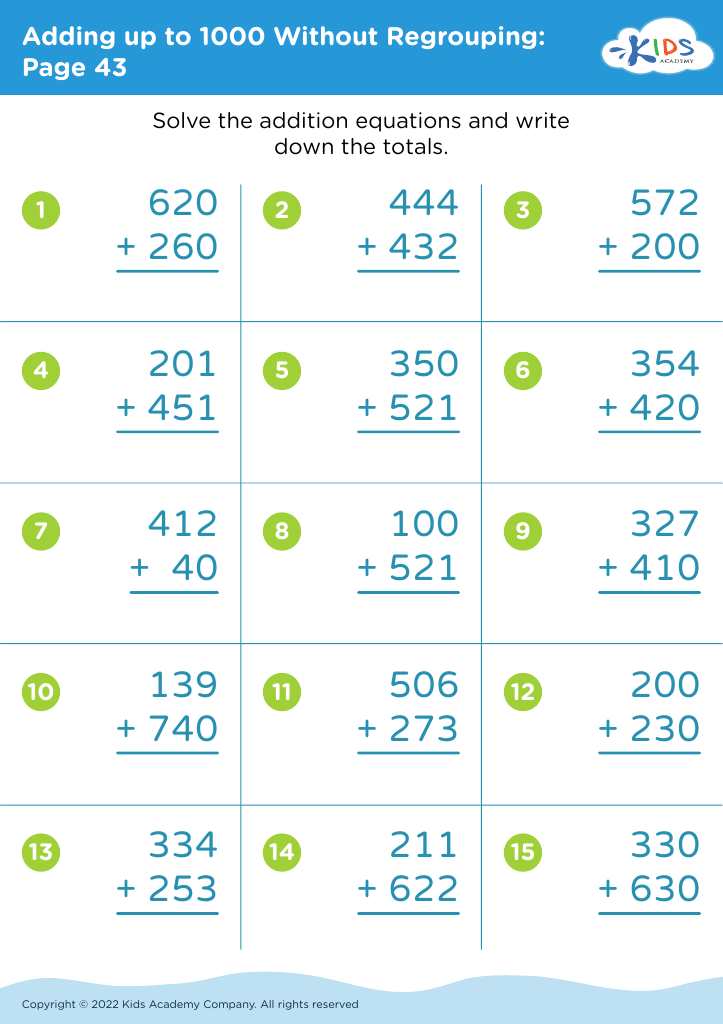
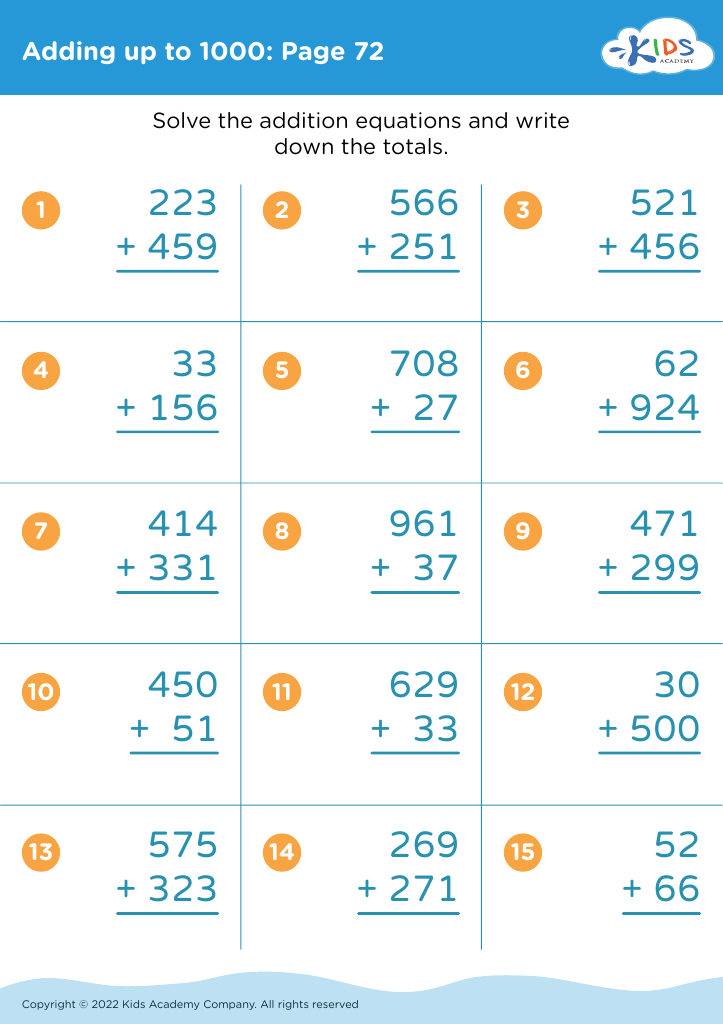



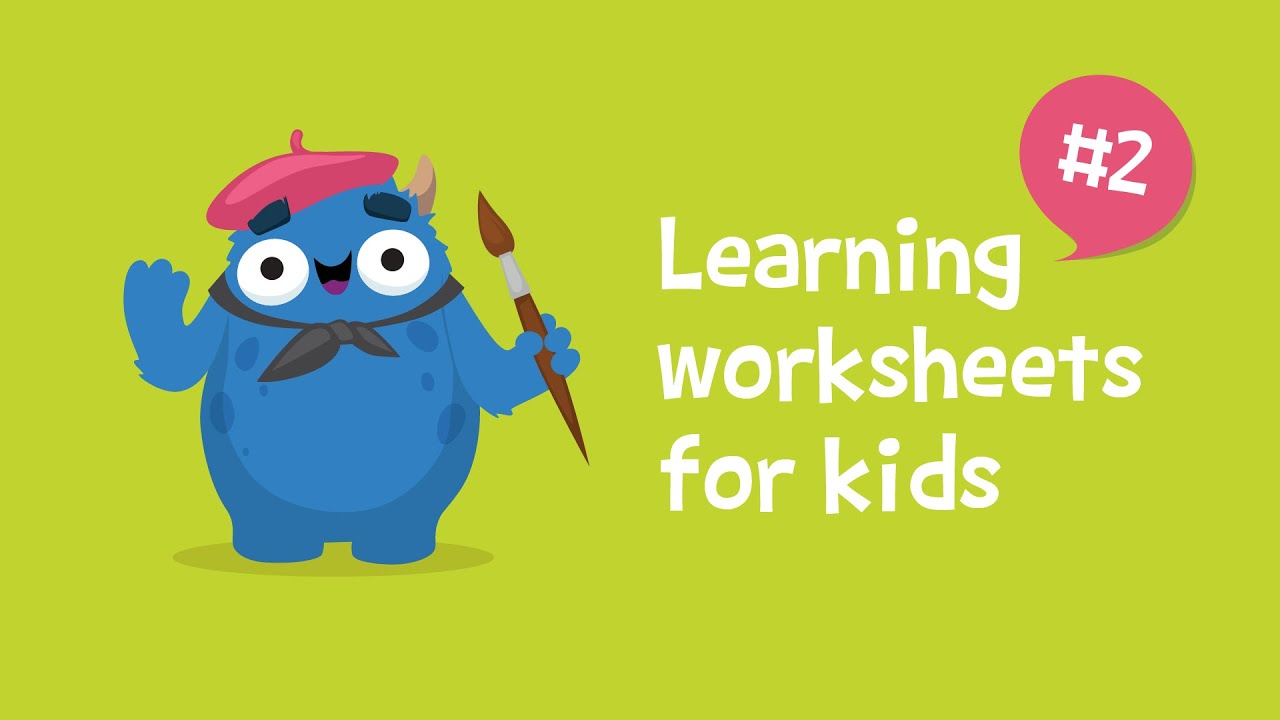


.jpg)
